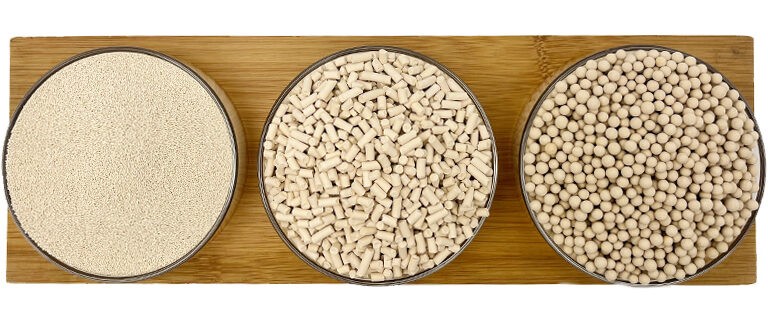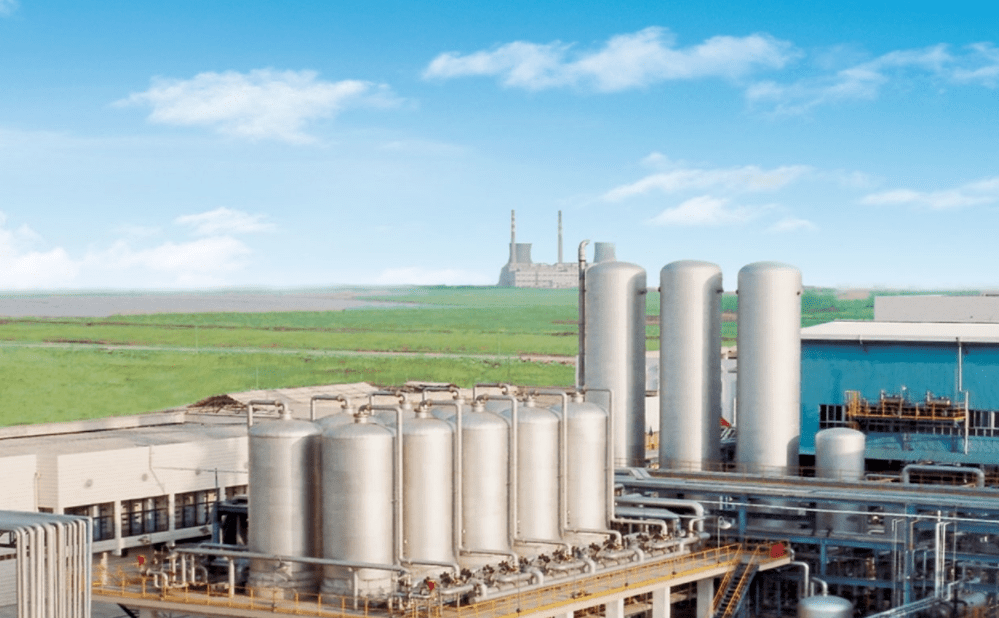Adsorbents are used for gas separation and purification. The properties of adsorbents are quite different, so how to choose right adsorbents?
Here are the things you have to know when you want to separate or purify gas mixtures:
1, How to choose adsorbents when gas mixture contains more componets?
In most applications, the gas mixture is often ternary, quaternary or even more components, and the factors affecting the selection of adsorbent are more complex, so an adsorption bed consisting of multiple adsorbents is generally required to achieve the separation and purification of the target gas.

2, Adsorbents for hydrogen purification.
For the purification of hydrogen from carbon monoxide-nitrogen-methane-hydrogen gas mixture, a single adsorbent cannot meet the high equilibrium adsorption capacity for nitrogen, carbon monoxide and methane, and at the same time has a high separation coefficient for hydrogen.
For multiple gas mixtures, two or more adsorbents with high separation coefficients for hydrogen are usually combined and loaded to achieve the best separation effect; a composite bed of activated carbon and 5A molecular sieve is generally preferred for hydrogen extraction from this gas mixture.
3, Adsorbents for CO purification
For carbon monoxide-nitrogen-methane-hydrogen gas mixture purification of carbon monoxide, the choice of adsorption phase carbon monoxide product is different from the adsorbent of non-adsorption phase hydrogen product, and 5A molecular sieve is a good choice. In addition, the copper-loaded CO adsorbent is a better choice for purification of CO, because of its higher separation coefficient and equilibrium adsorption capacity

4, How to remove impurities?
In many practical situations, the feed gas may contain complex components such as water, sulfides, hydrocarbons, alcohols, ammonia, benzene or phenols in addition to the common components of hydrogen, nitrogen, carbon dioxide, carbon monoxide or methane, and requires appropriate purification measures to remove these impurity components.
When the content of water, alcohols and light hydrocarbons is low, usually the inlet of the adsorption tower can be filled with some adsorbents for purification as protective layer, and these components can be adsorbed and removed during the adsorption separation cycle to avoid these trace impurities from entering the upper layer of adsorbents, causing the gradual failure of the main adsorbents in the upper layer and affecting the separation performance of the adsorption tower.
When the feed gas has a high content of water, alcohols, light hydrocarbons, or contains components such as sulfides, benzene and phenols that are not easily desorbed at room temperature, it is usually necessary to add a TSA pre-purification unit to remove these impurities.
5, Conclusion:
For different mixed systems, the selection and proportioning of the adsorbent is critical to achieve specific separation goals.
The adsorbent property parameters are important factors for adsorbent selection,
and the adsorbent proportioning need to be verified and optimized by simulation calculations and dynamic simulation experiments.
